Product Name: Aluminum Forging
Product Type: Metal Forging
Material: Aluminum
Shape: Customized
Surface Treatment: Anodizing, Powder Coating, Spray Painting, Polishing
Production Process: Die Casting, Press Forging
Advantages:
1. High strength-to-weight ratio
2. Superior mechanical properties
3. Enhanced resistance to fatigue and wear
4. Tight dimensional tolerances
5. Cost-effective production
| Color | Silver |
|---|---|
| Material | Aluminum |
| MOQ | 1 Pcs |
| Sample | Available |
| Place of Origin | China |
Product Details
MINGYU Tech, is a dynamic company specializing in the production of high-quality aluminum profiles for various industries such as automotive, electronics and transportation. With a team of skilled engineers and technicians, we work closely with our customers to design and manufacture custom profiles that meet their specific needs. The company’s advanced extrusion capabilities enable complex shapes and high precision, making it a preferred supplier for demanding applications. MINGYU Tech focuses on continuous improvement and customer satisfaction, earning a good reputation in the market.
One of the key advantages of aluminum extrusion and fabric is its versatility. With the ability to create complex and intricate designs, these products are widely used for a range of purposes. They can be curved, bent, drilled, punched, and cut to meet the specific requirements of different applications.
In addition to their design flexibility, aluminum extrusion and fabric are known for their strength and durability. The metal itself is lightweight, but when formed into extrusions, it becomes a strong and sturdy material that can withstand various harsh conditions. It is also resistant to corrosion, making it ideal for outdoor and industrial use.
| OEM/ODM | Yes |
| Length | Customised Length |
| shape | customized |
| Material | 6463 6063 Aluminum Alloys |
| Colour | Customised colour |
| MOQ | 150 Kilograms |
| Fabrication | Machining, CNC, sawing, milling, punching, lathing, tapping, chamfering, laser, cold drawing |
| Type | windor frame, Home decoration profiles,furniture products,furniture handle. |
| Certificate | For SGS, ISO9001 2015, RoHS |
| Surface Processing | Anodize, Polish, Brush, Coating |
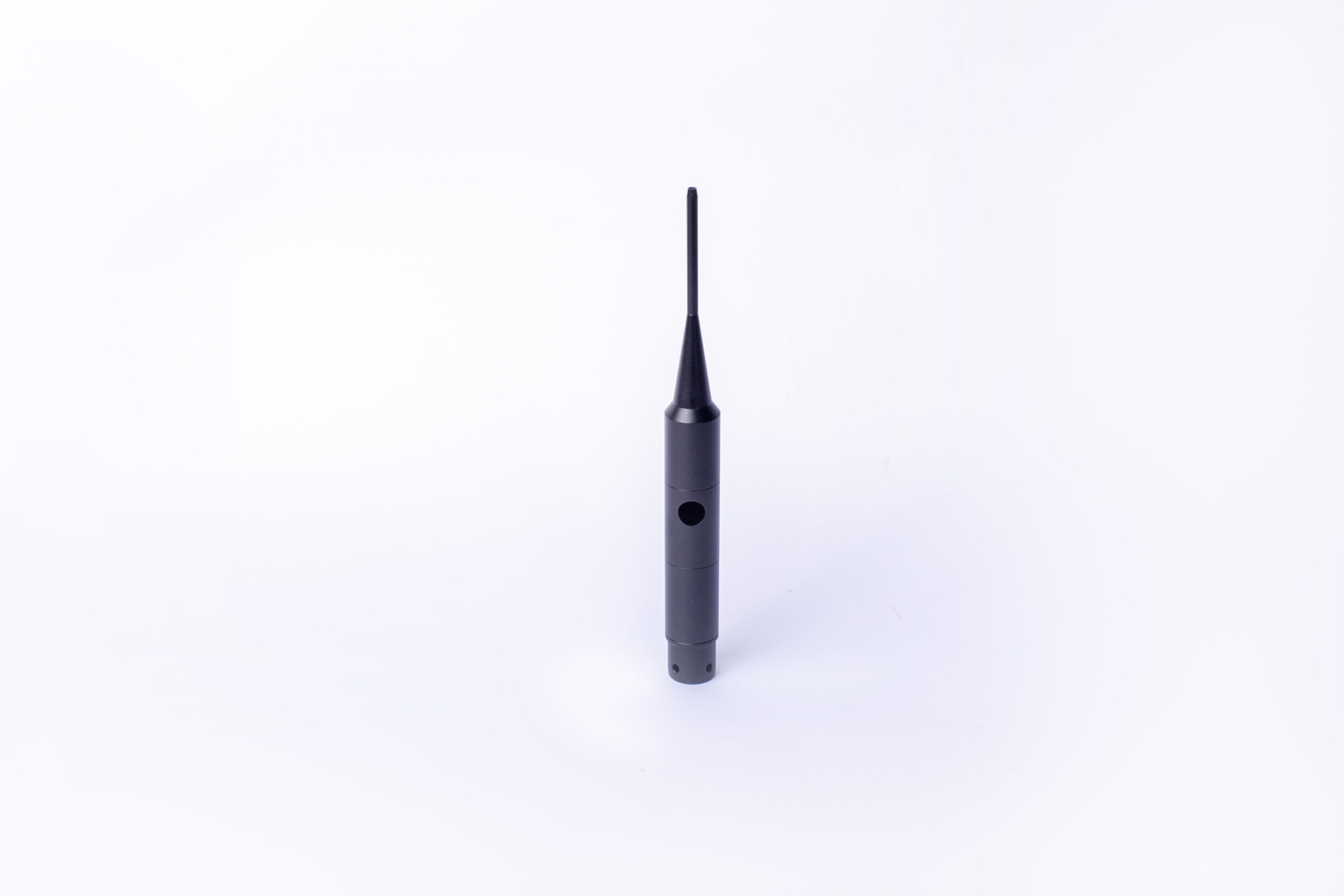
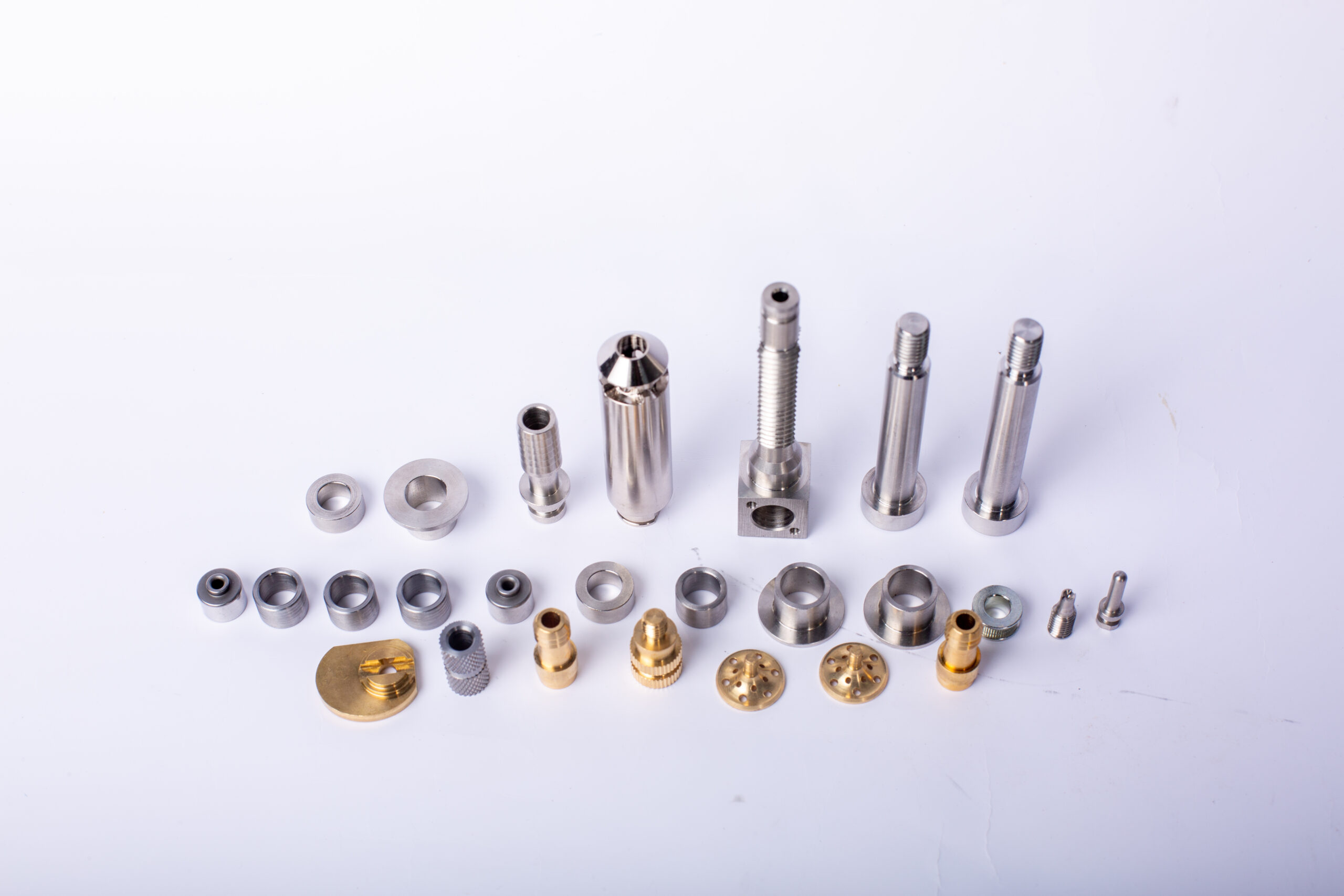
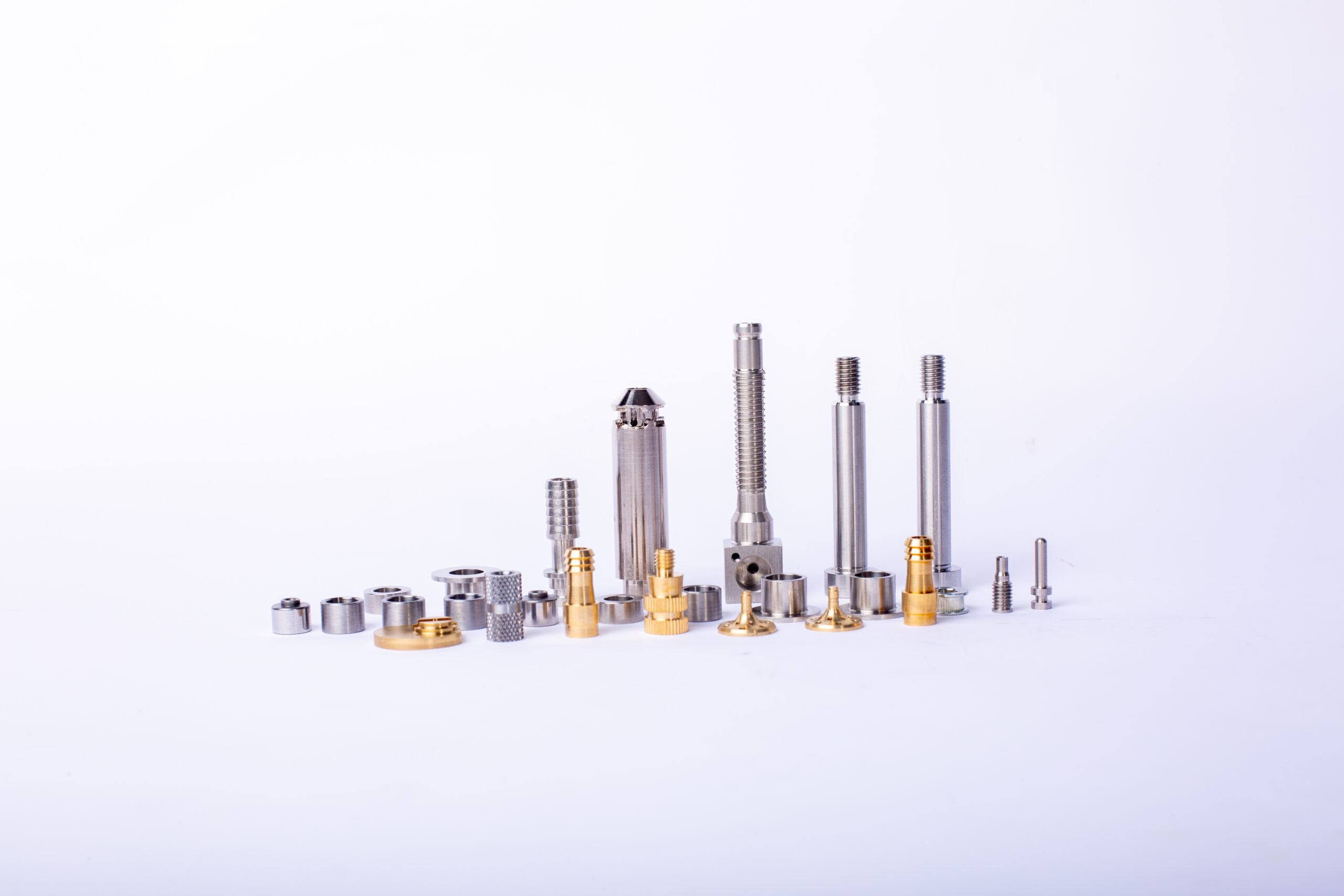
aluminum extrusion and fabric FAQs Guide.
In this guide, we will provide you with all the information you need to know about our top-quality aluminum extrusion and fabric and how they can benefit you and your projects. With extensive experience in the industry, our products are trusted by professionals and DIY enthusiasts alike. From industrial applications to home improvement projects, our aluminum extrusion and fabric offer durability, versatility, and customization options to meet all your needs. Read on to discover more about our aluminum extrusion and fabric products and why they should be your top choice.
1.Are there any limitations to the design possibilities with aluminum extrusion and fabric?
Our aluminum extrusion and fabric products have competitive and differentiated advantages, and actively promote digital transformation and innovation.
Yes, there are some limitations to the design possibilities with aluminum extrusion. The most common limitation is the size of the extrusion profile, as the profile must fit within the available space. Additionally, the shape of the profile may limit the design possibilities, as certain shapes may not be suitable for certain applications. Finally, the strength of the aluminum alloy used in the extrusion may limit the design possibilities, as certain applications may require a stronger alloy.
2.What are the benefits of using aluminum extrusion and fabric in manufacturing?
We attach importance to the innovation ability and team spirit of employees, have advanced R & D facilities and laboratories, and have a good quality management system.
1. Cost-Effective: Aluminum extrusion is a cost-effective manufacturing process that can produce complex shapes with minimal waste.
2. Versatility: Aluminum extrusion can be used to create a wide variety of shapes and sizes, making it a versatile manufacturing process.
3. Durability: Aluminum is a strong and durable material that can withstand harsh environments and is resistant to corrosion.
4. Lightweight: Aluminum is a lightweight material, making it ideal for applications where weight is a factor.
5. Recyclable: Aluminum is a recyclable material, making it an environmentally friendly choice for manufacturing.

3.Can secondary operations such as drilling and tapping be done on an aluminum extruded product?
We have established long-term and stable partnerships with our suppliers, so we have great advantages in price and cost and quality assurance.
Yes, secondary operations such as drilling and tapping can be done on an aluminum extruded product. Depending on the size and complexity of the product, these operations may need to be done by a professional machinist.
4.What are the factors that determine the strength of an extruded product?
Our products & services cover a wide range of areas and meet the needs of different fields.
1. Alloy composition: The alloy composition of the material used to make the extruded product will affect its strength. Different alloys have different properties, and some are stronger than others.
2. Extrusion temperature: The temperature at which the material is extruded will affect the strength of the product. Higher temperatures can cause the material to become more malleable, which can lead to a weaker product.
3. Extrusion speed: The speed at which the material is extruded will also affect the strength of the product. Faster speeds can cause the material to become more malleable, which can lead to a weaker product.
4. Die design: The design of the die used to extrude the material will also affect the strength of the product. Different die designs can cause the material to be extruded in different ways, which can lead to different strengths.
5. Cooling rate: The rate at which the material is cooled after extrusion will also affect the strength of the product. Faster cooling rates can cause the material to become more brittle, which can lead to a weaker product.
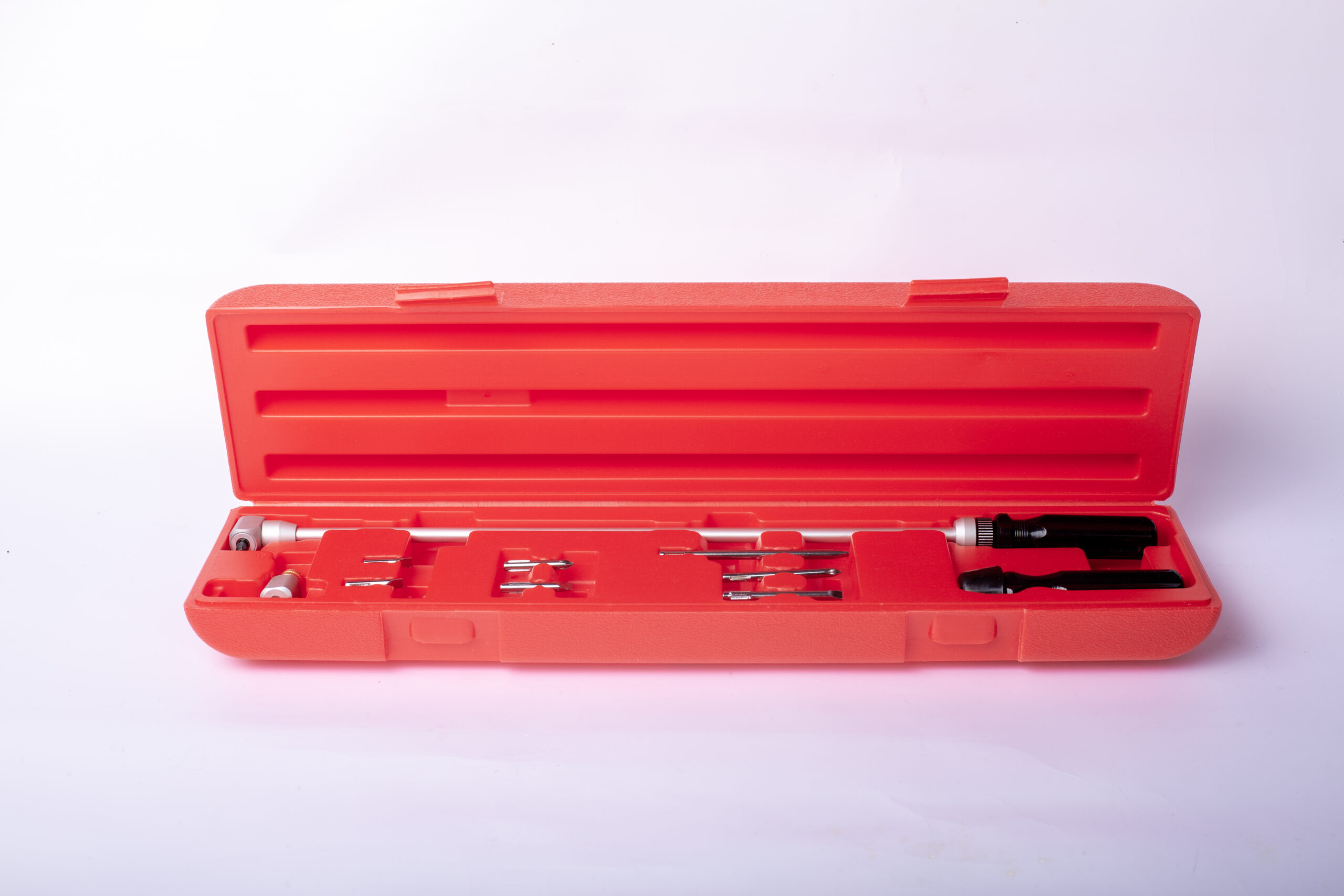
5.What types of profiles are commonly extruded with aluminum?
Common types of profiles extruded with aluminum include: window and door frames, curtain wall frames, structural framing, handrails, fencing, heat sinks, solar panel frames, and automotive components.
6.How does the choice of lubrication method affect the extrusion process?
The choice of lubrication method can have a significant impact on the extrusion process. Different lubrication methods can affect the surface finish of the extruded product, the amount of friction generated during the process, and the amount of energy required to complete the extrusion. For example, using a dry lubricant such as graphite or molybdenum disulfide can reduce friction and improve surface finish, while using a wet lubricant such as oil or grease can reduce friction and improve the flow of the material. Additionally, the choice of lubrication method can affect the amount of heat generated during the process, which can have an impact on the quality of the extruded product.
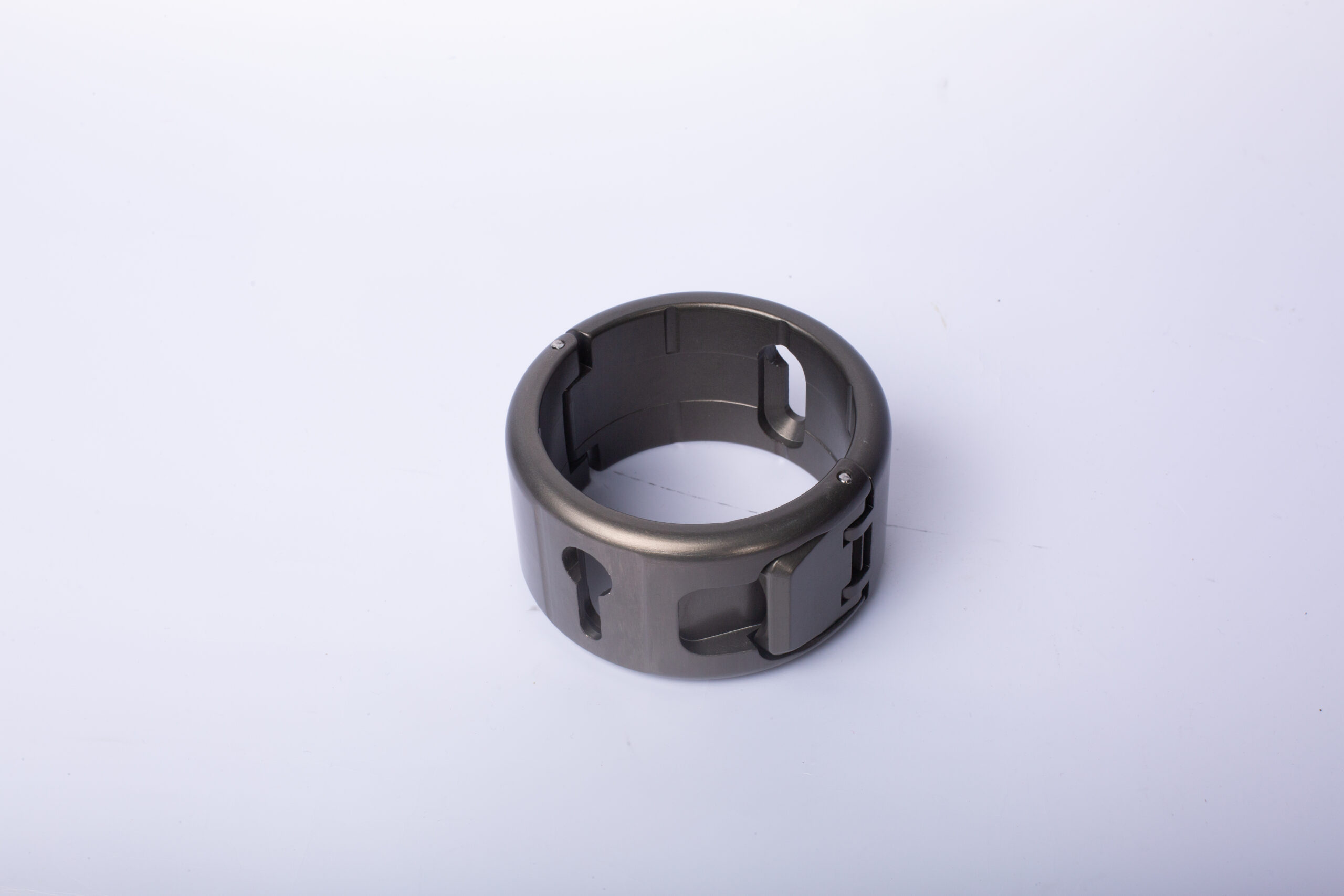
7.Can aluminum extrusion and fabric be used in high temperature applications?
We maintain a stable growth through reasonable capital operations, focus on industry development trends and cutting -edge technologies, and focus on product quality and safety performance.
Yes, aluminum extrusion can be used in high temperature applications. Aluminum is a strong and lightweight metal that is able to withstand high temperatures without losing its strength or becoming brittle. It is also resistant to corrosion and can be used in a variety of applications, including automotive, aerospace, and industrial applications.
8.What is the most commonly used aluminum alloy for extrusion?
Our company has many years of aluminum extrusion and fabric experience and expertise.
The most commonly used aluminum alloy for extrusion is 6063. It is a medium strength alloy that is heat treatable and is often used for architectural applications such as window frames, door frames, roofs, and sign frames.
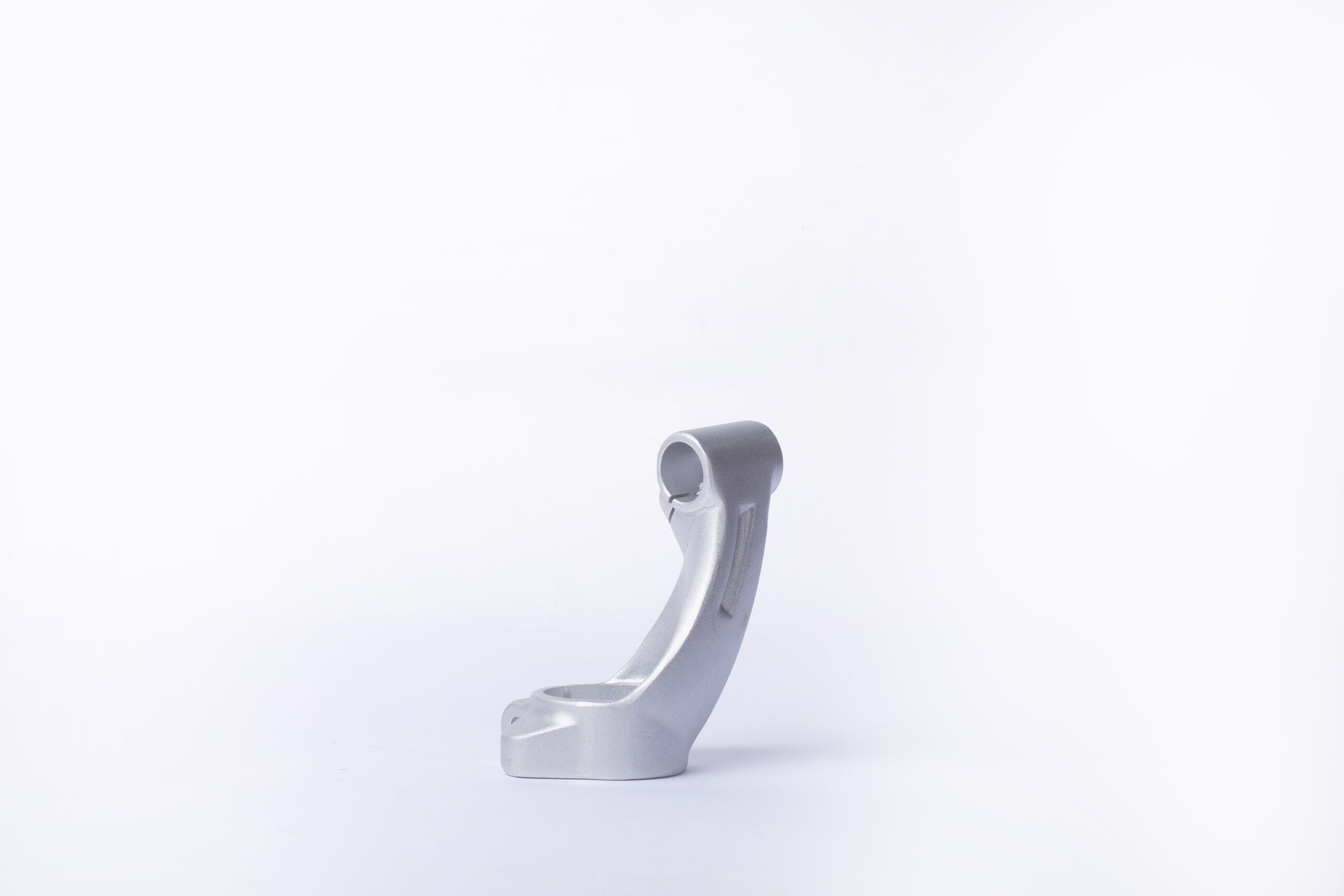
9.What is the maximum number of cavities that can be achieved in an extrusion die?
The maximum number of cavities that can be achieved in an extrusion die depends on the size and shape of the die, as well as the material being extruded. Generally, the maximum number of cavities achievable is between two and four.
10.What considerations should be taken for post-extrusion processing?
We are a professional aluminum extrusion and fabric company dedicated to providing high quality products and services.
1. Cooling: After extrusion, the product must be cooled quickly to prevent warping or distortion.
2. Cutting: Depending on the product, it may need to be cut into smaller pieces or into specific shapes.
3. Finishing: Depending on the product, it may need to be sanded, polished, or painted.
4. Packaging: The product must be packaged properly to ensure it arrives safely to its destination.
5. Quality Control: Quality control measures should be taken to ensure the product meets the desired specifications.

11.How does the selection of alloy affect the strength and properties of the extruded product?
We continue to invest in research and development and continue to launch innovative products.
The selection of alloy affects the strength and properties of the extruded product in a variety of ways. Different alloys have different levels of strength, ductility, and other properties that can affect the performance of the extruded product. For example, some alloys are more resistant to corrosion, while others are more malleable and can be formed into complex shapes. Additionally, the alloy’s composition can affect the thermal properties of the extruded product, such as its melting point and thermal conductivity.
12.How does the cooling process affect the properties of the extruded product?
We pay attention to employee development and benefits, and provide a good working environment in order to improve the efficiency of employees and improve the quality management of aluminum extrusion and fabric products.
The cooling process affects the properties of the extruded product by changing the physical and chemical properties of the material. During the cooling process, the material will shrink and become more rigid, which can affect the shape and size of the product. Additionally, the cooling process can affect the surface finish, strength, and other properties of the product.
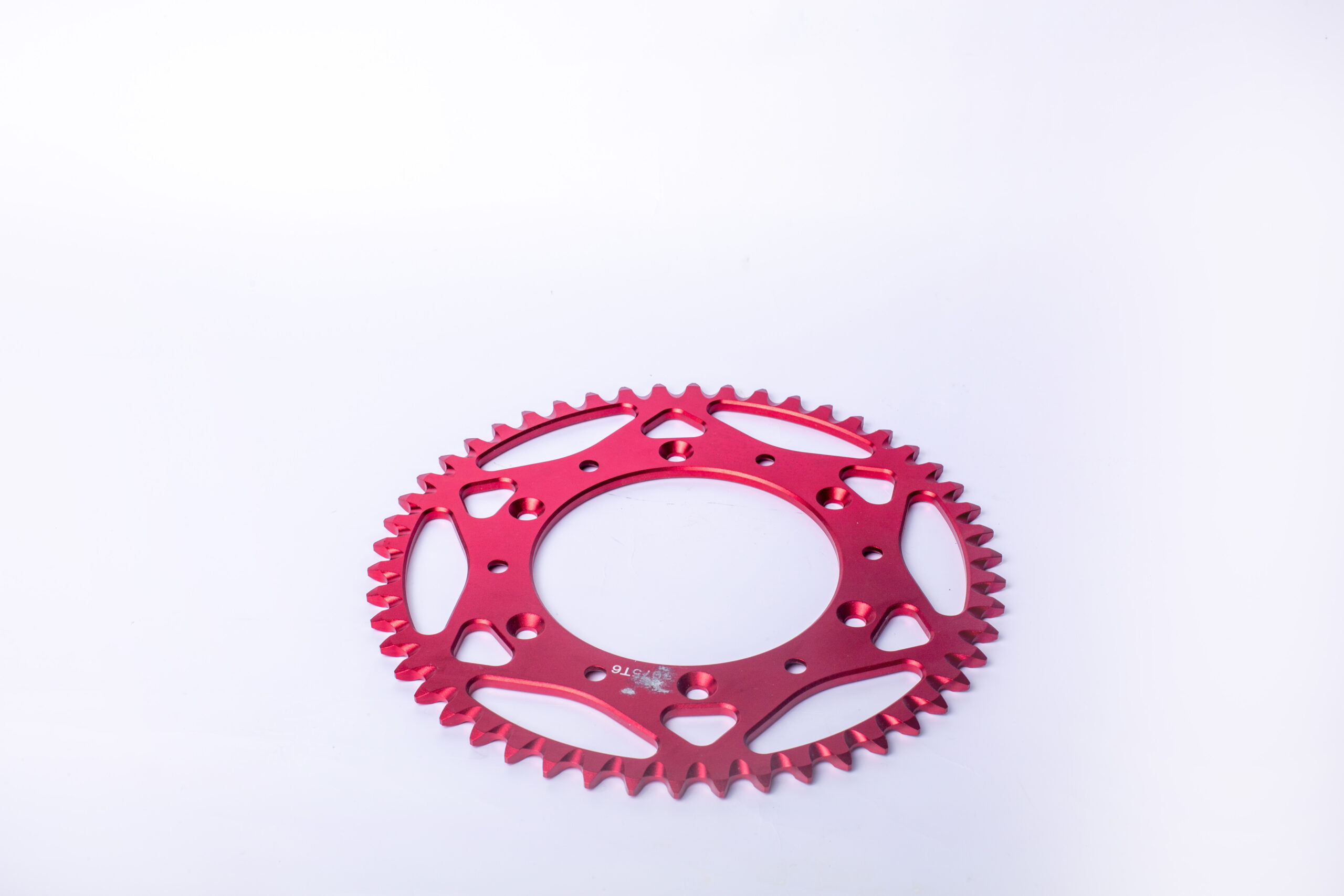
13.How does the use of aluminum extrusion and fabric impact the assembly process of a product?
The use of aluminum extrusion can significantly reduce the amount of time and effort required to assemble a product. Aluminum extrusions are pre-cut and pre-shaped, so they can be quickly and easily connected to other components. This eliminates the need for cutting, drilling, and other labor-intensive processes. Additionally, aluminum extrusions are lightweight and strong, making them ideal for use in products that require a high degree of structural integrity. Finally, aluminum extrusions are corrosion-resistant, so they can be used in a variety of environments without fear of damage.
14.What future developments are being made in the field of aluminum extrusion and fabric?
1. Improved extrusion dies: Advances in die design and manufacturing technology are allowing for the production of more complex shapes and profiles with greater precision.
2. Automation: Automation is being used to increase efficiency and reduce costs in the aluminum extrusion process. Automated systems can be used to control the extrusion process, monitor quality, and reduce scrap.
3. Improved alloys: New alloys are being developed to improve the strength and durability of aluminum extrusions. These alloys can be tailored to specific applications and can provide improved performance in areas such as corrosion resistance, strength, and ductility.
4. Additive manufacturing: Additive manufacturing is being used to create complex shapes and profiles that would be difficult or impossible to produce using traditional extrusion methods. This technology can also be used to reduce waste and improve the efficiency of the extrusion process.
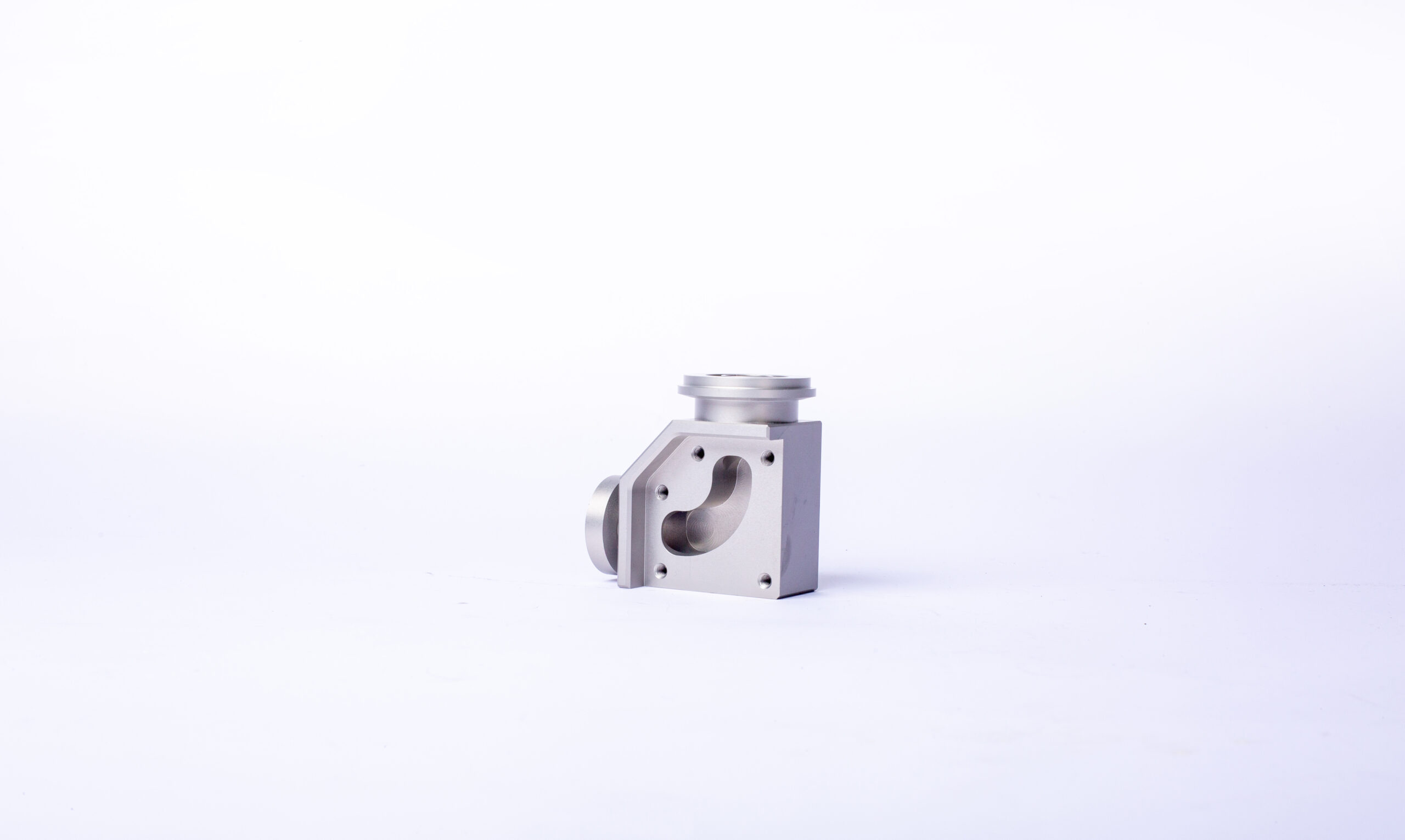
Tag:aluminum extrusion press machine,aluminum extrusion sign cabinet,aluminum extrusion barrie
Product Inquiry
We will respond within 12 hours, please pay attention to the email “@163.com” or “@alumforge.com”.
Also, you can go to the Contact Page, which provides a more detailed form, if you have more inquiries for products or would like to obtain OEM service.
Our sales experts will respond within 24 hours, please pay attention to the email with the suffix “@163.com”.